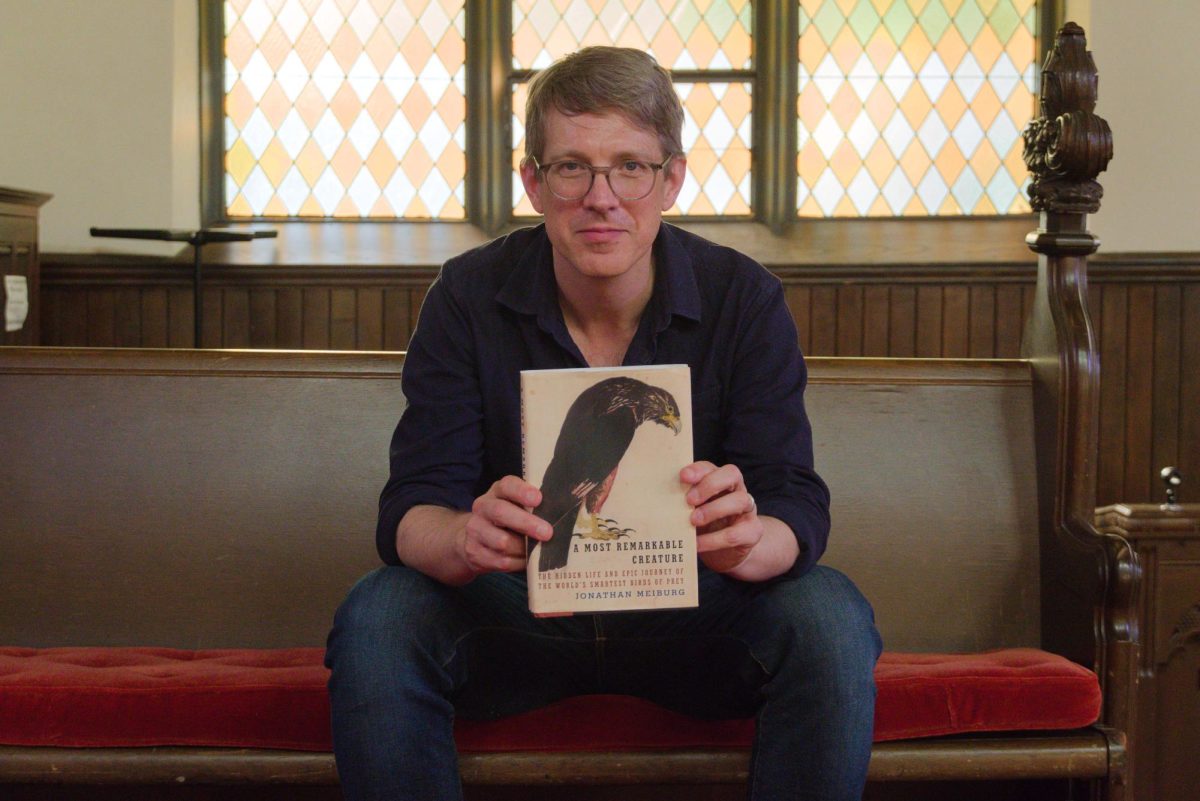It’s a shame Vincent Ward’s “What Dreams May Come,” starring Robin Williams, didn’t receive much commercial attention when it first hit theaters. Supposedly its solemn grandiosity turned off viewers who expect a little bombast in their Robin Williams movies. But believe me when I say that, if the film somehow gained home rental momentum, it would have exciting potential as one of those shockingly miscalculated movies, the kind in which the filmmakers would like to pretend they were going for something tongue-and-cheek.
Unfortunately the hilarity of the film’s absurd badness lies hidden under too many layers of grave seriousness for more emotional viewers to be able to appreciate it—for example, the film involves two car accidents, one following exactly four years after the other. A happily married, Chris (Williams) and Annie (Annabelle Sciorra), lose their two children in a car accident. Annie sinks into a horrible depression, becoming institutionalized and causing Chris to leave her, unable to cope with her pained state. Four years later, the two get back together. But then—with car accident two—Chris dies, and wakes up in heaven.
Heaven, by the way, is rendered with style and ingenuity. In the film’s metaphysics, heaven is divided into vast realms, one belonging to each individual allowed in. Chris’ realm is a three-dimension painting. The colors are vibrant and coalesce impressionistically. So painterly is the environment that—in an admittedly cheesy touch—when Chris touches some specific part of the landscape, he smudges it and gets its color on his hand. The look, feel and idea of the landscape are ultimately powerful in their disconcertion. The heaven Chris experiences may be gorgeous but, insofar as it belongs to and is crafted for him, its majesty is artificial, somehow hollow.
The implications of this environment might have been explored more richly if the film hadn’t felt the need to foist a host of contrivances onto Chris and the viewer. Namely, Chris gets a visit from a Hollywood-required, obligatory black spiritual mentor (played by Cuba Gooding, Jr.), who informs Chris that, back on earth, Annie committed suicide. As a result, she’s going to hell. Chris decides he must rescue her.
This is where the film’s narrative development goes from melodramatic to wildly misguided. In the film’s hell, I was subjected to so many twists, tricks and surprise loopholes that I couldn’t help but imagine the drama that must have went on behind the scenes, as the writers pulled their hair out, trying to find some logical way to save a woman from eternal damnation. As if the filmmakers knew the film might one day have potential as a camp entertainment, they even throw in a truly abrasive cameo from eccentric German director Werner Herzog, playing one of hell’s tormented sinners.
What is most problematic about the film’s contrived efforts at a happy ending is the way in which it inhibits any discussion of the moral and spiritual issues in the world the film creates. So much time is put into figuring out how to rescue Annie from hell that the film fails to ask to whether it is justifiable for her to be there to begin with. One might accuse me of imposing these problems on a film that meant merely to entertain. But if the filmmakers are ambitious enough to mimic Dante’s “Inferno” and also so bluntly suggest its protagonist, Chris, to be a Christ figure, then surely they ought to have the courage to deal with a spiritual problem as obvious as this one. In waxing profound yet failing to deliver, “What Dreams May Come” constitutes a superficial and pretentious viewing experience.
Categories:
Heavy Williams picture fails to dream big
November 19, 2009
0
More to Discover


















































